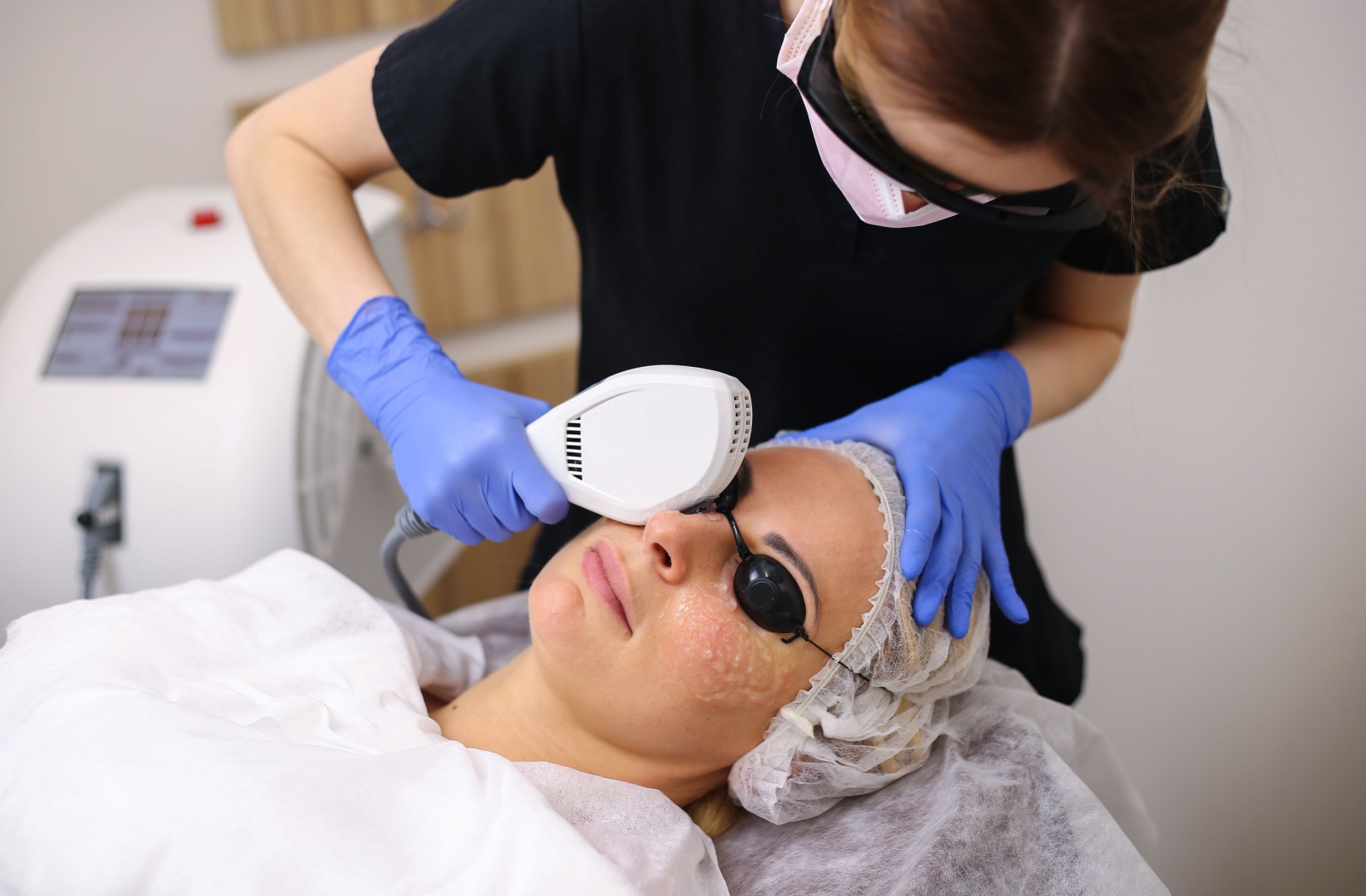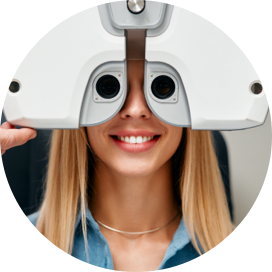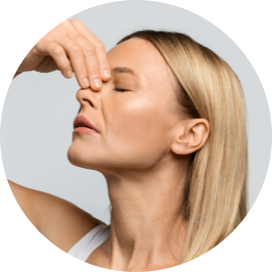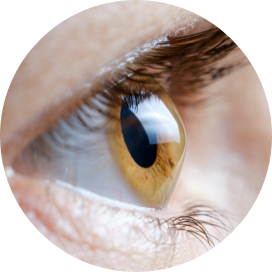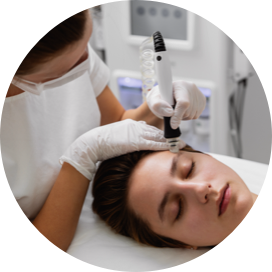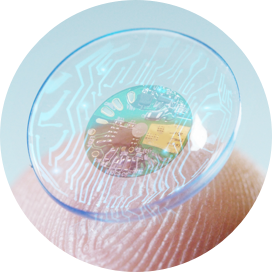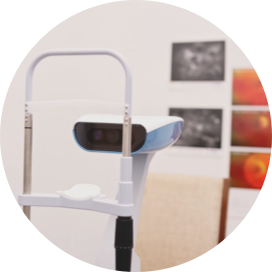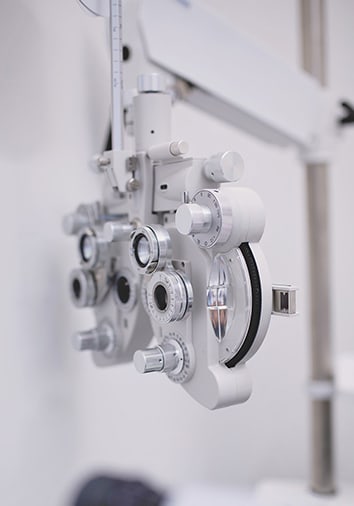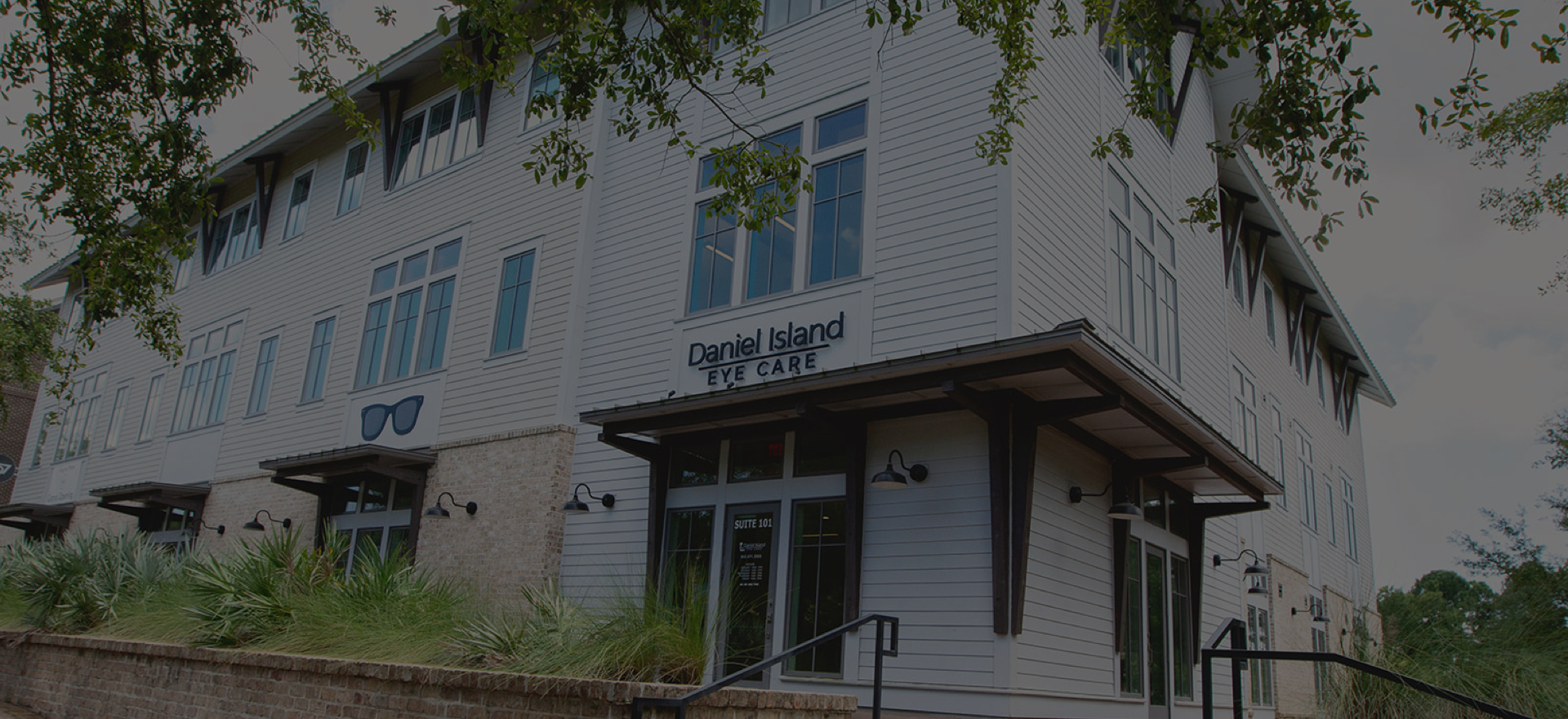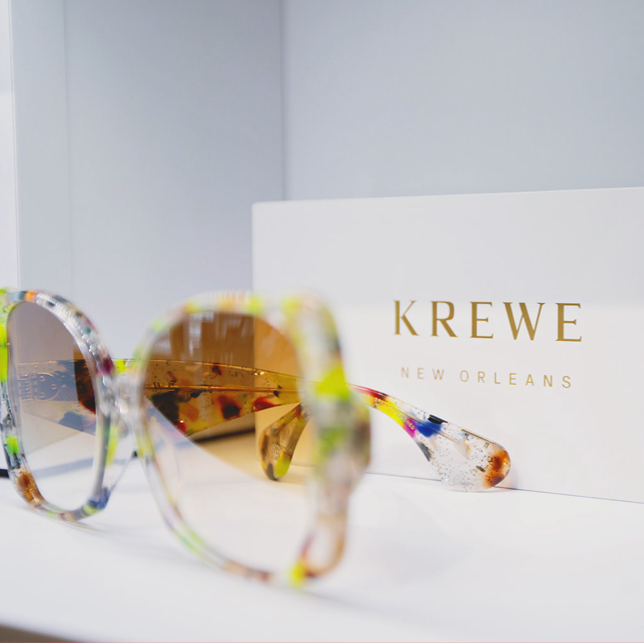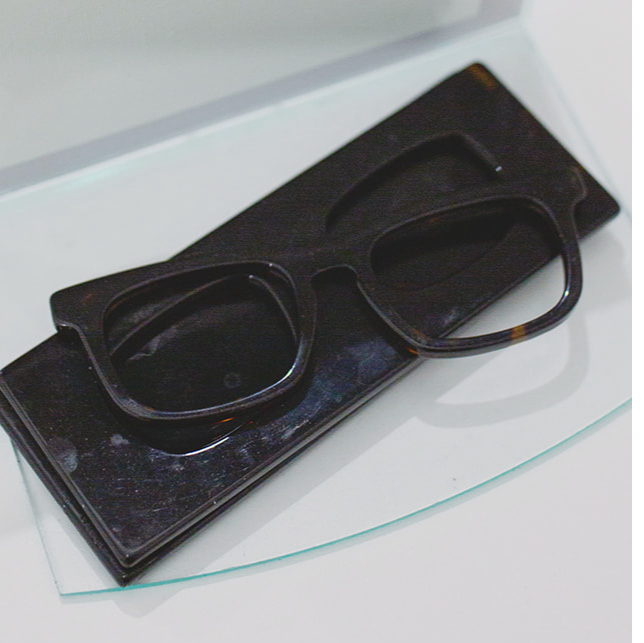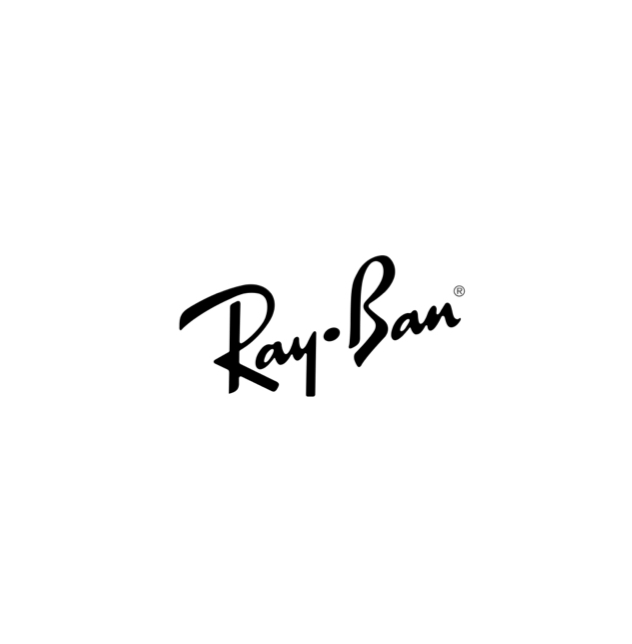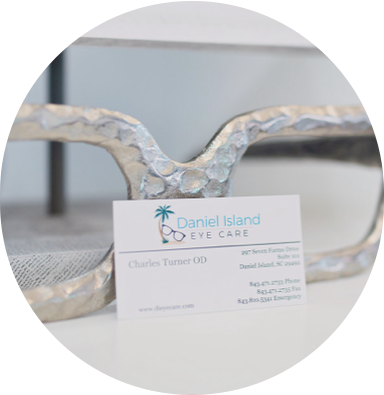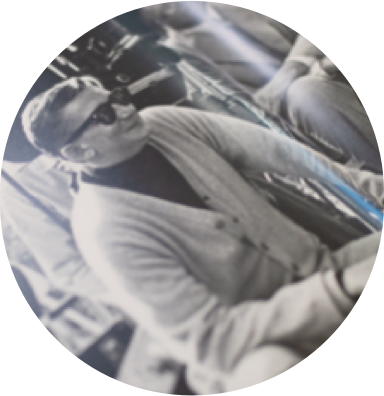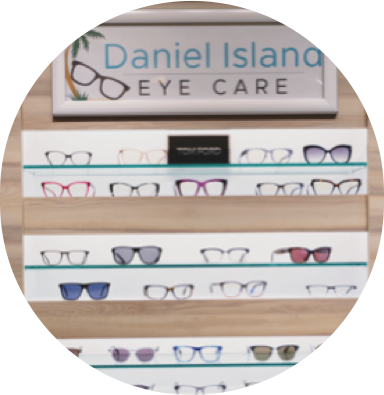Dry eye is more than just an annoying inconvenience. If you’ve experienced it, you know it can disrupt your everyday life, leaving your eyes feeling irritated, gritty, and tired. A potential treatment option is intense pulsed light (IPL) therapy. But with any treatment, it’s natural to wonder about potential side effects before giving it a go.
Some common IPL dry eye treatment side effects include:
- Mild skin redness or sensitivity
- Sensitivity to light
- Temporary dryness
But it’s important to note that these are often temporary and resolve quickly without further treatment. IPL therapy is a safe and approved treatment for dry eye related to meibomian gland dysfunction.
What Is IPL Dry Eye Treatment?
IPL therapy, initially developed for cosmetic purposes like skin rejuvenation, has emerged as a powerful option for tackling dry eye caused by meibomian gland dysfunction (MGD). This condition occurs when the oil-producing glands in your eyelids become blocked, reducing the quality of the tear film that protects your eyes.
During an IPL treatment, controlled light pulses are applied to the skin around the eyes. This helps reduce inflammation, unclog blocked glands, and improve the quality of the oils in your tears, resulting in better lubrication and long-lasting eye comfort.
Common Side Effects of IPL Dry Eye Treatment
Like any medical procedure, IPL therapy has a few potential side effects. The good news is that they’re usually mild and short-lived. Here’s what to expect.
Mild Skin Redness or Sensitivity
It’s normal to experience slight redness or warmth on the treated areas surrounding your eyes. This temporary reaction typically fades within a few hours to a day. Many patients describe it as no more uncomfortable than mild sun exposure.
Temporary Dryness
While IPL can ultimately help improve dry eye symptoms, you may initially feel a slight increase in dryness following treatment. This is typically short-lived and can be managed with artificial tears.
Sensitivity to Light
You might notice heightened sensitivity to bright lights right after treatment. Sunglasses are your best friend here, and this side effect usually dissipates within a day or two.
Rare Complications
Rare complications such as blistering, hyperpigmentation (dark spots), or hypopigmentation (light spots) can occur, although they are incredibly uncommon when IPL is performed correctly by a trained specialist.
Why IPL Is an Excellent Treatment Option
You might wonder, “Is IPL worth it with these potential side effects?” We believe the positives outweigh the risks. The numerous benefits IPL therapy provides include:
- Drug-free solution: You won’t need to worry about putting drops in your eyes every few hours. IPL works to address the root cause of dry eyes rather than masking symptoms.
- Long-lasting relief: Many patients find relief after just a few sessions, with benefits lasting for months.
- Improves overall eye health: IPL promotes healthier eyes by reducing inflammation and restoring function to the meibomian glands.
Despite the possibility of minor side effects, IPL is a safe and effective treatment option for chronic dry eye. The best part is that sessions are quick, so you can comfortably fit them into your busy schedule.
Managing Side Effects
If IPL therapy is the right choice for you, there are simple ways to manage any side effects and maximize your results:
- Hydrate your skin: Use a gentle moisturizer around the treated areas to ease any temporary redness or sensitivity.
- Wear sunglasses: Protect your eyes from bright light immediately after treatment.
- Use artificial tears: Counteract any initial dryness with preservative-free drops.
- Follow aftercare instructions: Adhere to your eye doctor’s guidelines to recover well.
By taking these easy steps, you’ll help ensure IPL delivers all its benefits with minimal downtime.
Alternative Types of Dry Eye Treatments
Of course, IPL is just one of many ways to treat dry eye. Here’s a roundup of other effective options.
Artificial Tears
Over-the-counter artificial tears are often the first line of defense against dry eyes. They provide temporary relief by mimicking natural tears and keeping your eyes hydrated.
Radiofrequency for MGD
Some practices offer radiofrequency treatments, which deliver heat energy to the meibomian glands to unclog them and encourage oil production.
Meibomian Gland Expression
A hands-on technique in which your eye doctor manually massages and expresses the oils in your glands to get them flowing again.
Prescription Medicine
Certain medications, such as cyclosporine (Restasis) and lifitegrast (Xiidra), can reduce inflammation and increase tear production.
Punctal Plugs
Small, biocompatible plugs are inserted into your tear ducts to reduce tear drainage, helping your eyes stay moist longer.
Lid Hygiene Products
Foams, sprays, or wipes are available to keep your eyelids clean and reduce debris that may contribute to dry eye.
Thermal Pulsation Devices
Devices like LipiFlow combine heat and gentle pressure to clear blockages in the meibomian glands, offering relief similar to IPL.
Each option has advantages, and your eye doctor can help determine the most appropriate one for your needs.
Discuss Your Dry Eye Treatment Options with Us
Living with dry eye doesn’t have to be your norm. IPL therapy offers a safe, effective way to tackle one of the most frustrating conditions and regain comfort in your day-to-day life. While minor side effects may occur, their temporary nature is often outweighed by the long-lasting relief and health benefits this treatment provides.
If you’re unsure whether IPL is right for you, we’re here to help. Our team at Daniel Island Eye Care is ready to answer your questions, guide you through treatment options, and develop a customized plan to help you feel your best. Contact us today to request an appointment.

